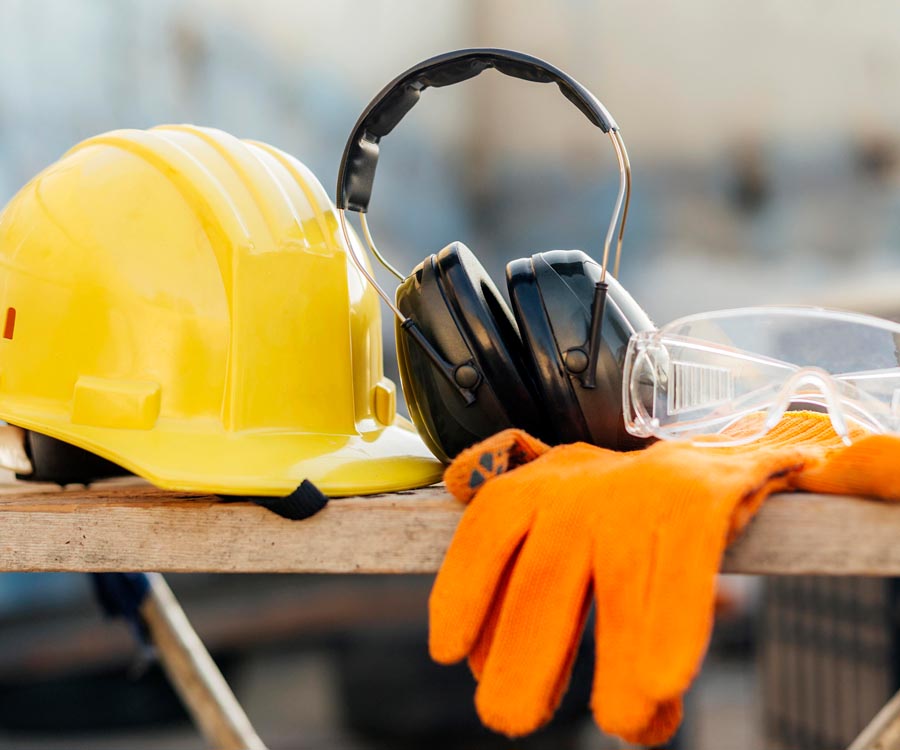NIFES offer a two-day on-site steam boiler operator’s course, specifically for boiler plant engineering staff.
NIFES have provided on-site boiler plant operators training courses for decades, the training ensures that the delegates are fully conversant with the latest documentation including the new standard BG01 – Guidance on the Safe Operation of Boilers which replaces Guidance note PM5: Automatically Controlled Steam and Hot Water Boilers.
If required, the training can also incorporate a critical review of Boiler Operating Procedures and accompanying Safety Rules and Procedures and can specifically present and discuss the general requirements for insurance inspections.
NIFES courses typically follow the structure below:
NIFES offer the service of Measured Surveys to various different levels of detail. Plans are produced in CAD software and can be issued as deliverables in a variety of formats and uploaded to CAFM systems.
Floor plans, elevations, sections and bespoke details can be produced in order to suit the needs of the project.
Analytical information such as polylines defining room areas can be added to floor plans. These plans can then be integrated into property appraisal database systems to aid estate management.
Course Aim
To raise delegates’ awareness and knowledge levels with respect to the technical principles of steam generation and the safe and efficient operation of boiler plant.
Proposed Content
The proposed content is based on NIFES standard Boiler Operations training course and would be modified to suit the plant and operating conditions at the site. Particular reference will be made to the general requirements for insurance inspections on the site boiler plant.
Course Duration
Two-day classroom based at the clients site, although this can be rearranged to suit the particular requirements.
Course Outline
- Boiler Design and Construction
- Steam and pressure fundamentals, definitions and units.
- Construction and advantages of relevant steam boiler types; foaming and priming. Features of the boilers on site: key design points, TDS requirement, performance
Safety
- Safe operation of boiler plant
- the need for insurance and annual inspection.
- Reasons for boiler failure and explosions.
- Statutory mountings, fittings and gauges; BG01 and SAFed latest revision
Boiler Fittings and Ancillary Equipment
- Function of all valves, controls and fittings on the boiler
- Testing water level controls and alarms.
- Start-up/shut-down in principal (not detailed)
Boiler Fuels
- Natural Gas and Fuel Oils.
- Composition, properties and characteristics.
Combustion Air
- Constituents of air, air for combustion, the roles of primary and secondary air.
- Excess air and its effects.
- Boiler-house ventilation.
The Combustion Process
- Principles of combustion, ignition temperatures
- Flue gas composition and factors affecting efficiency
Combustion Products
- Composition and measurement of main exhaust gases.
- Interpretation of results, optimum values.
Air Pollution Control
- Environmental legislation, smoke, gaseous and particulate emissions.
Draught
- Natural, forced.
- Fans.
Heat Transfer
- Radiation, conduction, convection.
- Temperature, time and turbulence, barriers to heat transfer
Water Treatment
- Reasons for and types of water treatment, origin of impurities.
- Effect of over and under-treatment, water sampling, hotwell Sodium salt softening plant – ion exchange principle.
- Chemical dosing – function of chemicals
Firing Equipment
- Gas and oil burners construction and operation
- Burners used on site boiler plant
- Start-up and shutdown sequence of burner, safety interlocks.
Steam
- Review of properties of steam
- latent and sensible heat
- dryness fraction
- saturated steam
- flash steam
- superheated steam.
- Distribution pipework, support, expansion, insulation
- Water hammer
- Steam traps & condensate recovery
Boiler Thermal Efficiency – review
- Direct method of calculation, i.e. output -v- heat input.
- Indirect method of calculation, i.e. by assessing dry flue gas loss, radiation and other losses. Feedwater hotwell temperature, heat recovery opportunities and insulation.
HSE and other Safety Guidance Notes
- BG01 Guidance on Safe Operation of Boilers (and differences to PM5)
- SAFed Guidance Notes for Hot Water Boilers (as appropriate)
- INDG436 Safe Management of Steam and
- Hot Water Boilers
- PM60 Steam Boiler Blowdown Systems
- Pressure Systems Safety Regulations 2000
All Expertise
Energy Consultancy
- Energy Performance Certificates
- Thermographic Surveys
- Energy Reduction Designs
- Boiler Operator Training
- Instrument Services
- Energy Audits and Surveys
- Display Energy Certificates
- Energy Feasibility Studies
- Boilerhouse Energy Efficiency and Safety
- Energy Awareness Training
- Water and Effluent Management Surveys
- Energy Consultancy Overview
Fire
- Fire Safety Management and Training
- Fire Engineering Consultants
- Fire Compartmentation Surveys
- Fire Safety Manager – Secondment or Assistance
- Firecode Surveys
- Fire Risk Assessments
- Fire Precaution System Drawings and Review
- Fire Strategy & Fire Safety
- Fire Design & Project Management of Remedial Works
- Fire Overview
- Fire Risk Appraisals External Walls (FRAEW) PAS 9980
- Fire Door Surveys
- Building Safety Case Report
Health & Safety
- Health & Safety Management Training
- CDM Regulations – Client Support
- Statutory Compliance Safety Audits
- Wayfinding Surveys
- Risk Management
- Preparation of Policies
- Pressure Systems – Authorising Engineer
- Electricity at Work Compliance
- DDA Access Audits
- Window Restrictor Surveys
- CDM Regulations – Principal Designer
- Asbestos Management
- CQC Audits (Outcomes 8 & 10)
- Glazing Surveys
- Health & Safety Overview
Property Consultancy
- Measured Surveys
- NHS Premises Assurance Model
- Consultancy Design & Project Management
- Due Diligence
- Asset Registers
- Building Upgrade and Modernisation Surveys
- Defect Analysis & Remedial Works
- Condition Surveys
- Dementia Friendly Health and Social Care Environment Surveys
- Maintenance Reviews
- Space Utilisation
- ISO 14001, 18001, 5001 Certification, Training, Compliance Audits
- Dilapidation Surveys
- Property Consultancy PPM Schedules
- Property Consultancy Overview
Energy Centres
- Stand-by Power Generation
- Steam Raising Boiler Plant, Distribution Systems & Condensate
- Planning and Environmental Support – Energy
- Energy Centre Feasibility Studies
- Flue Gas Dispersion Modelling
- Biofuel Boilers
- Energy Centre Detailed Design & Project Management
- Chimney Design
- Energy Centres Overview
Hate forms?
Call us 0333 202 7388
For an informal chat about how we can help and what we can offer your business, please get in touch today.
For more information, please contact:

Adrian Carter
Director
- Tel: 0333 202 7388
- Mob: 07786 277497
- E-mail: adrian.carter@nifes.co.uk

